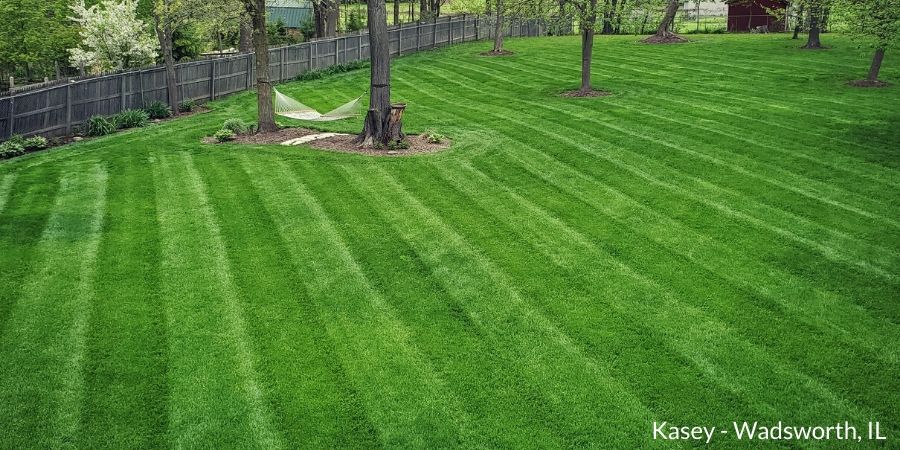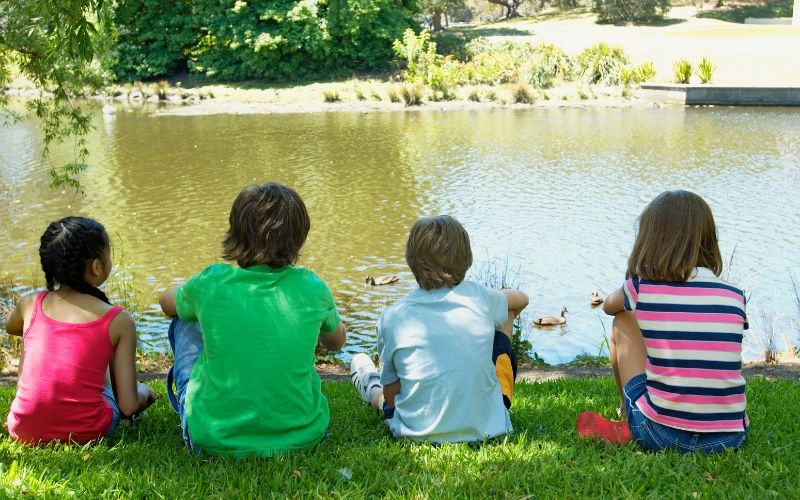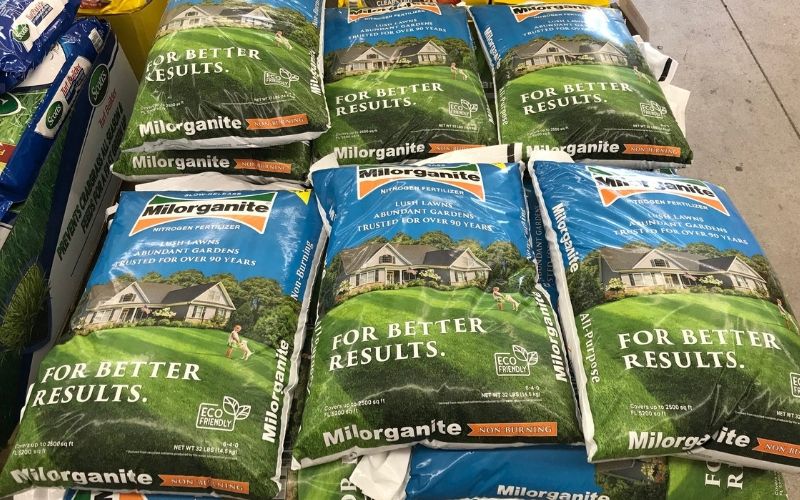Children and Pets
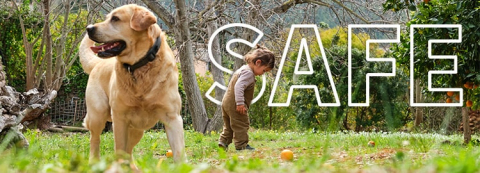
Everyone’s Safety is Our Greatest Concern
There’s nothing more important than the safety of your children, canine companions, and other family pets. For more than 90 years, Milorganite has been safely used on family lawns and gardens without harming children, pets, or the surrounding environment.
We take every precaution to ensure Milorganite is safe to use on lawns and gardens where kids and dogs love to play. Here’s some of what we do to make sure you, your children, and your pets are safe:
- Milorganite is more heavily regulated than synthetic (chemical) fertilizers and meets the strictest safety criteria applied to fertilizer products.
- Milorganite is analyzed for at least 20 parameters every day to comply with all applicable safety guidelines.
- In compliance with EPA standards, metals and pathogens are below EPA limits to avoid harming people and pets.
- During production, Milorganite is kiln-dried at temperatures in excess of 900 ⁰F, killing pathogens.
Exposure to Milorganite isn’t dangerous when used as directed. Enjoy your yard without concern, because there’s nothing in Milorganite that will cause long-term health concerns.
Do you have dog spots on your lawn?
Lawn damage caused by dog urine is commonly mistaken for a lawn disease. The high level of nitrogen in a dog’s urine can cause the grass to burn—similar to applying too much synthetic fertilizer— yellowish dead spots can appear. You can use several methods to help address dog spots on your lawn.
Pet Safety
No matter how hard we try, dogs will find a way to get into something they shouldn’t. Some dogs, for example, are attracted to the odor of Milorganite. As a result, you might find them rolling around in freshly fertilized areas, or eating it off the lawn or directly from the open bag! Here are a few tips to help deter your dog from its urge to taste-test Milorganite.
• Monitor your dog after applying Milorganite to see if they show any interest in the product.
• You may be able to reduce your dog’s attraction to Milorganite by watering your lawn after application.
• You can reduce the problem by keeping your dog off the lawn for 24 hours after applying Milorganite.
• Remove temptation and store Milorganite out of reach of dogs.
My dog ate Milorganite®, now what do I do?
If your dog ate some Milorganite, don’t panic. It’s non-toxic and not a life-threatening situation, although it may result in some discomfort and unpleasant outcomes. As in any situation that causes you to concern regarding your pet, we suggest you contact your veterinarian.
Milorganite is non-toxic, but if your dog happens to eat it off the ground, there’s a chance there may be something in the soil or lawn that could make them sick.
Your dog may experience varying degrees of discomfort depending on the amount of Milorganite consumed. They may have no discomfort at all if they ate only a small amount. If they ingested a larger amount, because Milorganite pellets are course and abrasive, they may show signs of gastroenteritis, irritation, and inflammation of the intestines. Just like when you have the stomach flu, your dog may experience vomiting and diarrhea, which can lead to dehydration.
They also may experience incontinence, stiffness in their hind legs, depression, and black stools. Most importantly, contact your veterinarian for instructions on how to manage gastrointestinal irritation, such as providing plenty of liquids and a bland diet.
Some people are concerned that the iron in Milorganite is life-threatening to dogs. Please rest assured it’s not. The iron in Milorganite isn’t soluble. It can’t be absorbed by the small intestine. Milorganite pellets will pass through a dog’s digestive system, which may cause discomfort, but there’s no way for the iron to be absorbed.
Milorganite Articles
Milorganite Videos
Lawn Care Tips
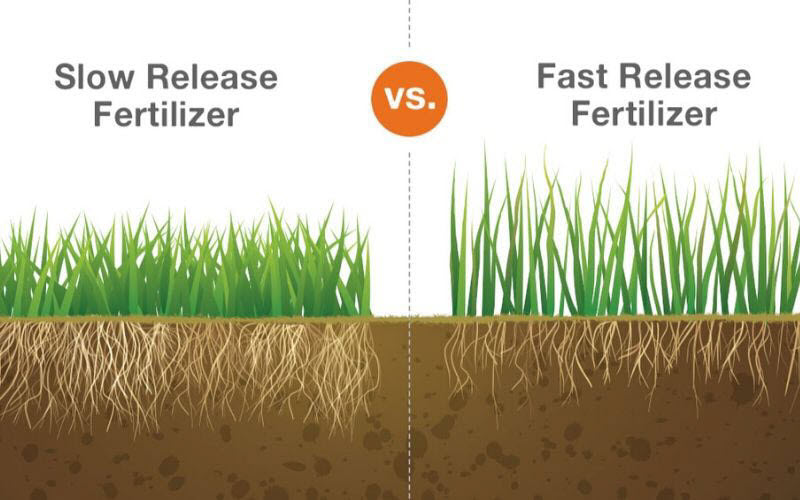
Organic vs. Synthetic Fertilizer
Learn the differences and benefits of organic and synthetic fertilizers.



